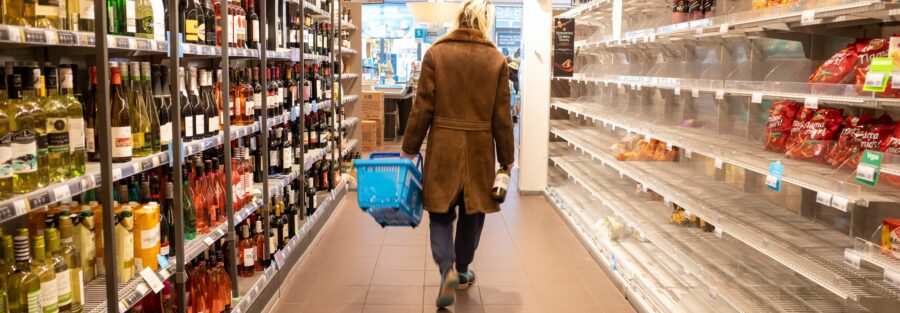When choosing the right grocery store insurance policy, many owners focus on coverage types and premium costs—but there’s another critical element you shouldn’t overlook: the deductible. Whether you’re a small grocer in California or managing a supermarket chain across the USA, understanding how deductibles work is essential to building a policy that protects your bottom line.
Let’s explore how grocery store insurance deductibles function, what factors impact your ideal deductible, and how to choose the best option for your business.
What Is a Grocery Store Insurance Deductible?
A deductible is the amount you agree to pay out of pocket before your insurance coverage kicks in. For example, if you have a $1,000 deductible and experience a covered loss of $5,000, your insurance provider will cover $4,000, and you’ll be responsible for the first $1,000.
Your deductible applies across different policy types, including:
- Grocery Store Property Insurance
- General Liability Insurance
- Business Owner’s Policy (BOP)
- Equipment Breakdown Coverage
- Crime Insurance
- Spoilage Insurance
High vs. Low Deductibles: What’s the Difference?
Choosing the right deductible comes down to how much risk you’re willing to accept:
- Low Deductible: You’ll pay less out of pocket during a claim but more in monthly premiums.
- High Deductible: You’ll save on monthly premiums but pay more if a claim arises.
This choice depends on your store’s financial comfort level. A large supermarket in Los Angeles may afford a high deductible, while a small organic food store in Fresno might prefer a lower one.
LSI Keywords Included:
- grocery store insurance cost CA
- commercial insurance deductible USA
- grocery business insurance rates
What’s the Best Deductible for Your Grocery Store?
There is no one-size-fits-all answer, but here are some key factors to consider:
1. Size of Your Store
Larger stores with more revenue may take on higher deductibles to lower their premiums. Smaller, independently-owned shops may prefer more predictable low-deductible plans.
2. Claim History
If you’ve had few or no claims, a higher deductible may work in your favor. On the other hand, a history of frequent incidents may justify paying for lower deductibles.
3. Location Risk
Stores in high-risk areas (e.g., urban locations in San Francisco or Oakland) might benefit from lower deductibles, especially for theft or vandalism.
4. Policy Type
Deductibles may differ depending on whether you’re bundling with a Business Owner’s Policy (BOP) or purchasing separate liability and property insurance.
How Deductibles Impact Premiums
Your deductible choice has a direct impact on your insurance premiums. For example:
| Deductible Amount | Monthly Premium Estimate |
|---|---|
| $500 | Higher premium |
| $1,000 | Moderate premium |
| $2,500 | Lower premium |

